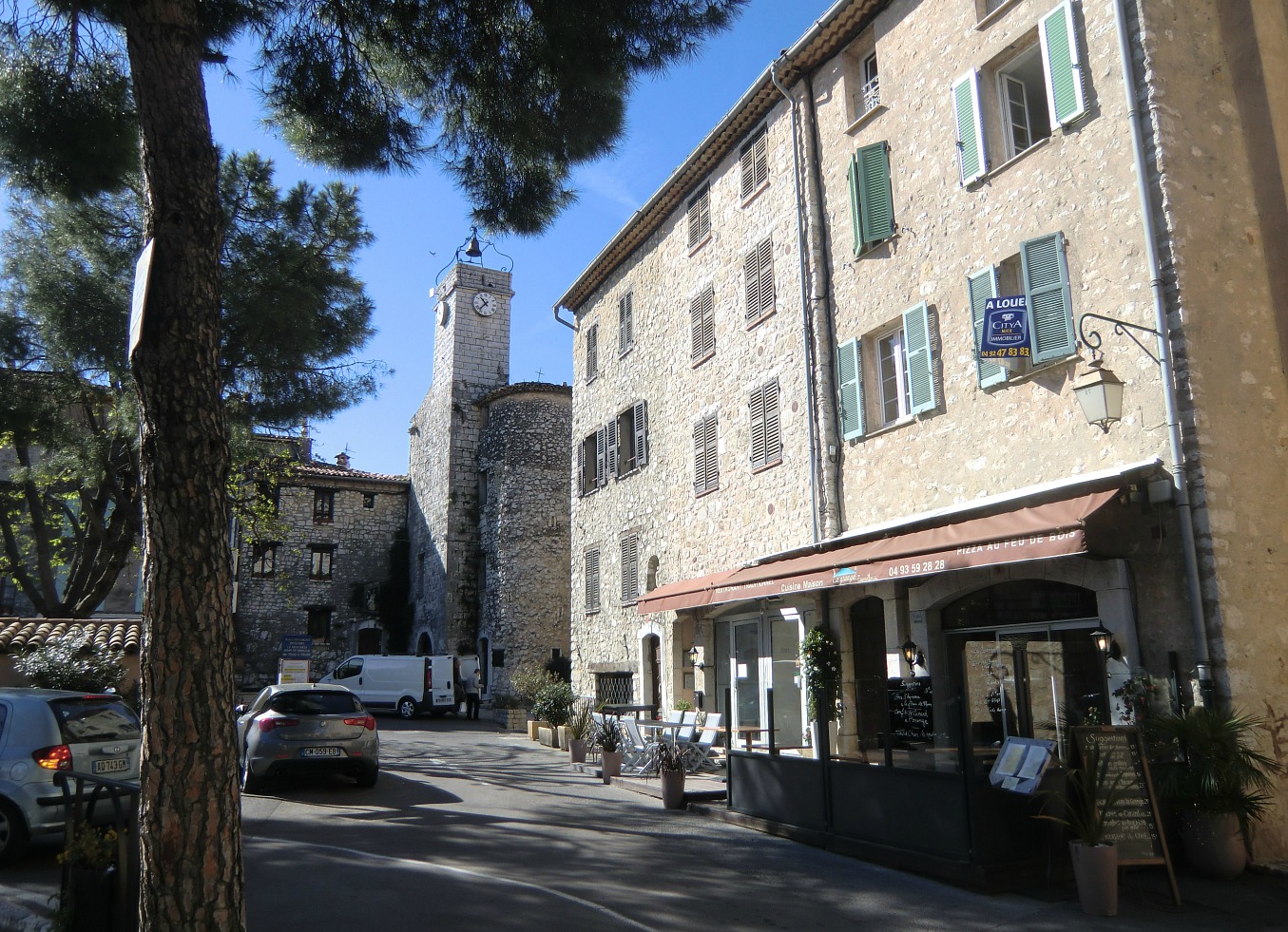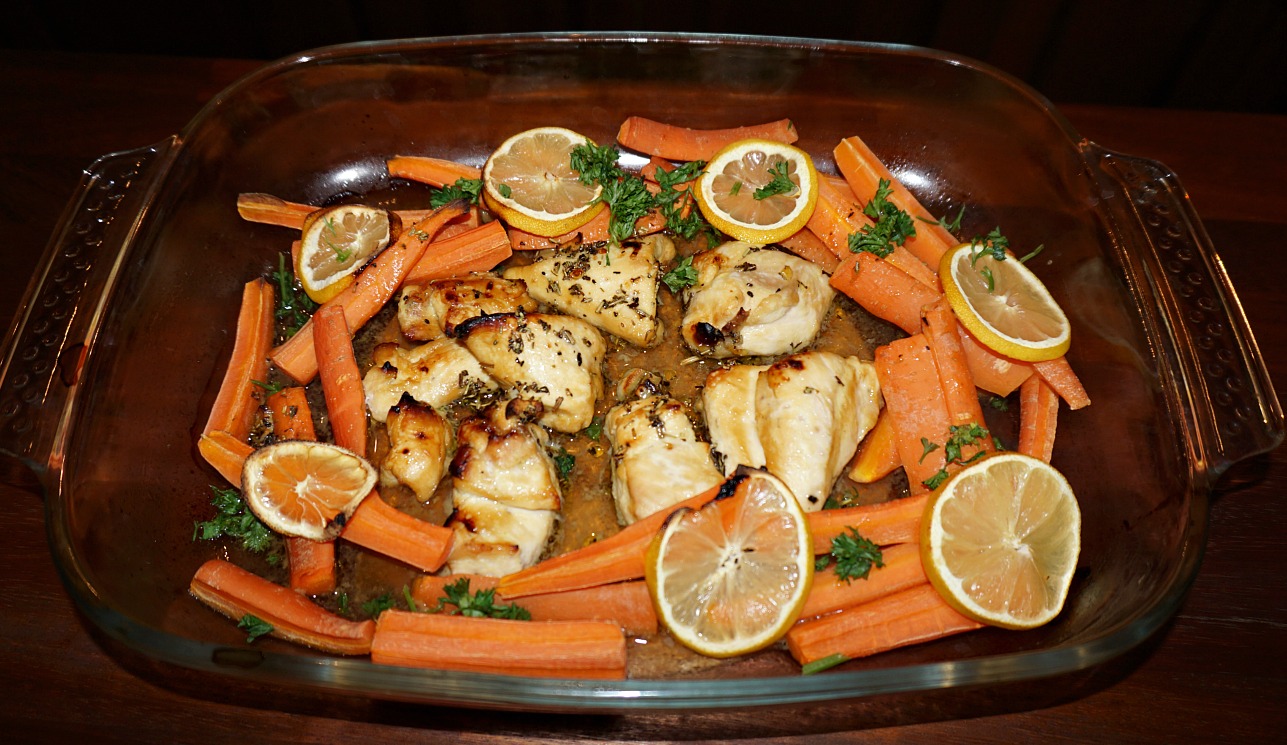Côte de veau, veal chop, with polenta

Côte de veau, veal chop with polenta
Preparation time:
Cooking time:
Total time:
It is here in France that I have discovered côtes de veau, veal chops. In our supermarket in Nice they are approximately the same size as pork chops, weighing about 150- 180 g each. Veal chops have consistently been tasty and tender.
In the following recipe, which I have somewhat modified from a recipe in a French magazine, the veal chops are first quickly fried in a pan and then baked in the oven. Veal needs to be well done to achieve its tenderness. If you cannot buy veal chops in your area, you might try this recipe with pork chops.
French veal fond helps to make a quick sauce. I usually choose Marmite Fond de Veau and add some crème fraiche 15% fat, minced shallots and white wine for a tasty sauce. Polenta can now be cooked in a few minutes with milk and a pinch of salt, just follow the advice on the package. Serve with frozen microwaved green beans.
2 servings
2 nice veal chops, côtes de veau, about 150-180 g each
A small package Marmite veal fond, fond de veau (or similar)
250 ml water
100 ml white wine
1 shallot, minced
2 tbsp. crème fraiche, 15% fat
Freshly ground black pepper
1 tbsp. butter
1 tbsp. rapeseed oil, huile de colza
Parsley or chives to decorate
Preheat the oven to 180°C
In a heavy frying pan, warm the butter and rapeseed oil over medium-high heat. Fry the veal chops about 2,5 minutes on both sides until golden brown. Transfer to an oven-tray, and continue baking in the oven 15 to 20 minutes. In a small sauce pan warm the water until almost boiling, then reduce the heat. Add one package of Marmite Fond de Veau and whip until completely dissolved. Continue simmering and reducing, mixing now and then.
In a separate small sauce pan, bring the white wine and some black pepper to the boil. Add the minced shallot and reduce the heat to simmering. Continue simmering until the wine is reduced to about half. When the veal chops are done, add about half to ¾ of the reduced veal fond into the wine sauce and mix well. Whip in the crème fraiche and keep warm.
Divide the veal chops, polenta and green beans on the plates. Pour the veal fond-wine sauce over the veal chops and grind over some black pepper. Decorate with chives or parsley.

















































